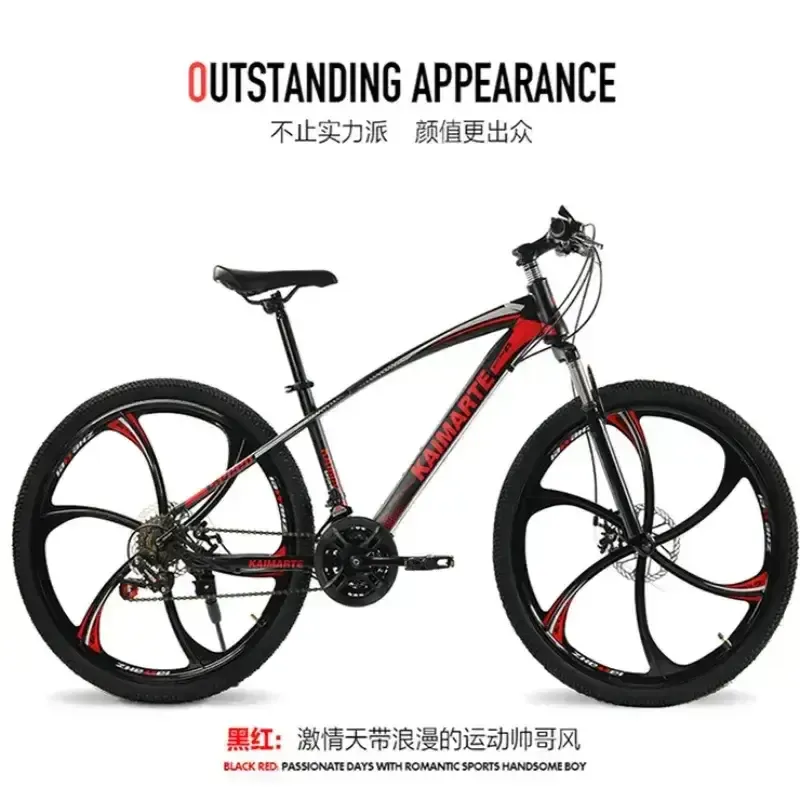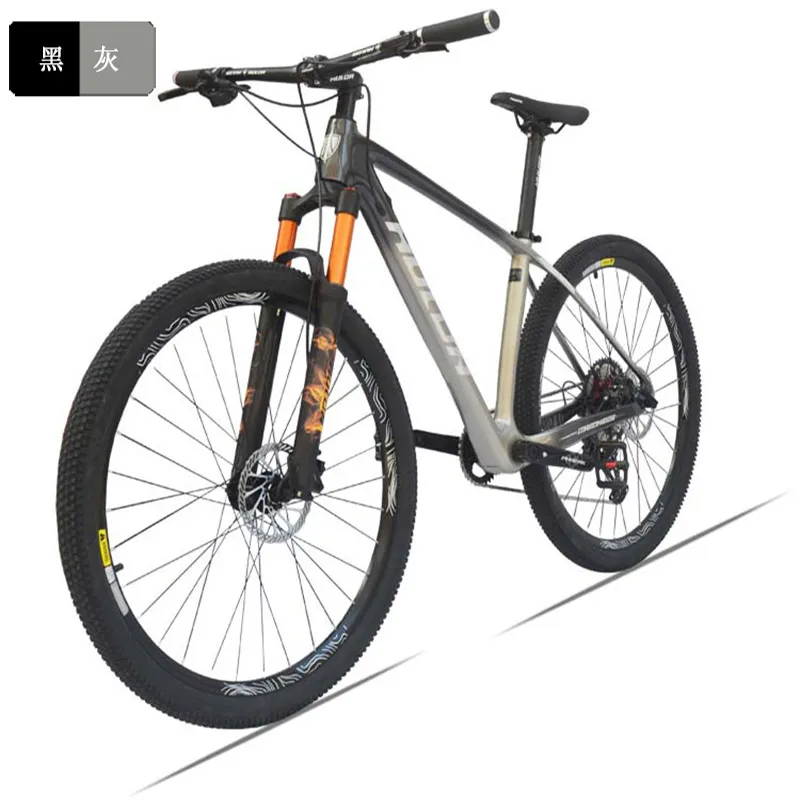
- Afrikaans
- Albanian
- Amharic
- Arabic
- Armenian
- Azerbaijani
- Basque
- Belarusian
- Bengali
- Bosnian
- Bulgarian
- Catalan
- Cebuano
- Corsican
- Croatian
- Czech
- Danish
- Dutch
- English
- Esperanto
- Estonian
- Finnish
- French
- Frisian
- Galician
- Georgian
- German
- Greek
- Gujarati
- Haitian Creole
- hausa
- hawaiian
- Hebrew
- Hindi
- Miao
- Hungarian
- Icelandic
- igbo
- Indonesian
- irish
- Italian
- Japanese
- Javanese
- Kannada
- kazakh
- Khmer
- Rwandese
- Korean
- Kurdish
- Kyrgyz
- Lao
- Latin
- Latvian
- Lithuanian
- Luxembourgish
- Macedonian
- Malgashi
- Malay
- Malayalam
- Maltese
- Maori
- Marathi
- Mongolian
- Myanmar
- Nepali
- Norwegian
- Norwegian
- Occitan
- Pashto
- Persian
- Polish
- Portuguese
- Punjabi
- Romanian
- Russian
- Samoan
- Scottish Gaelic
- Serbian
- Sesotho
- Shona
- Sindhi
- Sinhala
- Slovak
- Slovenian
- Somali
- Spanish
- Sundanese
- Swahili
- Swedish
- Tagalog
- Tajik
- Tamil
- Tatar
- Telugu
- Thai
- Turkish
- Turkmen
- Ukrainian
- Urdu
- Uighur
- Uzbek
- Vietnamese
- Welsh
- Bantu
- Yiddish
- Yoruba
- Zulu
Jan . 24, 2025 02:53 Back to list
29 inch electric bike
Electric bikes, also known as e-bikes, have become a revolutionary mode of transport that's transforming urban mobility and commuter habits worldwide. These contemporary marvels combine traditional pedaling with electric propulsion, offering a seamless blend of human energy and electricity that delivers an efficient and eco-friendly travel experience.
Authority in the domain of electric bikes comes from staying abreast of innovations and trends within the industry. Recent advancements include the integration of smart technologies such as GPS tracking, smartphone connectivity, and regenerative braking systems which further enhance the rider's experience. These developments not only underline the significance of e-bikes in modern transportation ecosystems but also signify their growing acceptance as a legitimate alternative to vehicular transport. Trustworthiness in a market flooded with numerous brands and models relies heavily on consumer reviews and expert endorsements. Prospective buyers are advised to seek feedback from current users, participate in community forums, and, where possible, test ride different models before making a purchase. Reputable manufacturers often have established service networks and offer warranties that reflect their confidence in product durability and quality. Furthermore, the rise of moving electric bikes is complementary to the global push towards eco-friendly practices. E-bikes emit no exhaust and operate on batteries typically rechargeable in just a few hours using a standard electric outlet. This not only reduces reliance on fossil fuels but also promotes cleaner air in urban areas. While mastering the use of an e-bike involves a bit of a learning curve, the overall benefits far outweigh the initial adjustments. Riders find that as they become accustomed to balancing the manual pedaling with electric assistance, they achieve a harmonious and efficient transit experience. Moreover, as infrastructure improves with dedicated cycling lanes and bike-sharing programs, e-bikes are poised to become an integral component of sustainable urban transportation planning. In summary, the adoption of moving electric bikes represents a significant paradigm shift in how we approach daily commutes and overall travel. Through a combination of innovative design, user-friendly operation, and environmental considerations, e-bikes offer an exciting and credible alternative to conventional transportation methods. As this sector continues to evolve, both seasoned cyclists and new riders will find compelling reasons to embrace this dynamic and future-forward mode of travel.


Authority in the domain of electric bikes comes from staying abreast of innovations and trends within the industry. Recent advancements include the integration of smart technologies such as GPS tracking, smartphone connectivity, and regenerative braking systems which further enhance the rider's experience. These developments not only underline the significance of e-bikes in modern transportation ecosystems but also signify their growing acceptance as a legitimate alternative to vehicular transport. Trustworthiness in a market flooded with numerous brands and models relies heavily on consumer reviews and expert endorsements. Prospective buyers are advised to seek feedback from current users, participate in community forums, and, where possible, test ride different models before making a purchase. Reputable manufacturers often have established service networks and offer warranties that reflect their confidence in product durability and quality. Furthermore, the rise of moving electric bikes is complementary to the global push towards eco-friendly practices. E-bikes emit no exhaust and operate on batteries typically rechargeable in just a few hours using a standard electric outlet. This not only reduces reliance on fossil fuels but also promotes cleaner air in urban areas. While mastering the use of an e-bike involves a bit of a learning curve, the overall benefits far outweigh the initial adjustments. Riders find that as they become accustomed to balancing the manual pedaling with electric assistance, they achieve a harmonious and efficient transit experience. Moreover, as infrastructure improves with dedicated cycling lanes and bike-sharing programs, e-bikes are poised to become an integral component of sustainable urban transportation planning. In summary, the adoption of moving electric bikes represents a significant paradigm shift in how we approach daily commutes and overall travel. Through a combination of innovative design, user-friendly operation, and environmental considerations, e-bikes offer an exciting and credible alternative to conventional transportation methods. As this sector continues to evolve, both seasoned cyclists and new riders will find compelling reasons to embrace this dynamic and future-forward mode of travel.
Latest news
-
The Ultimate Kids' Four-Wheeler Experience
NewsJul.09,2025
-
The Ultimate Guide to Mountain Bikes: Gear Up for Your Ride
NewsJul.09,2025
-
The New Age of Cycling: Electric Bikes for Every Rider
NewsJul.09,2025
-
The Best Kids Bicycles: Ride in Style and Safety
NewsJul.09,2025
-
The Best 3-Wheel Scooters for Kids: Fun, Safety, and Adventure
NewsJul.09,2025
-
Revolutionize Your Ride: Affordable Electric Bikes
NewsJul.09,2025
-
Finding the Perfect Mountain Bike for Every Rider
NewsJul.09,2025



